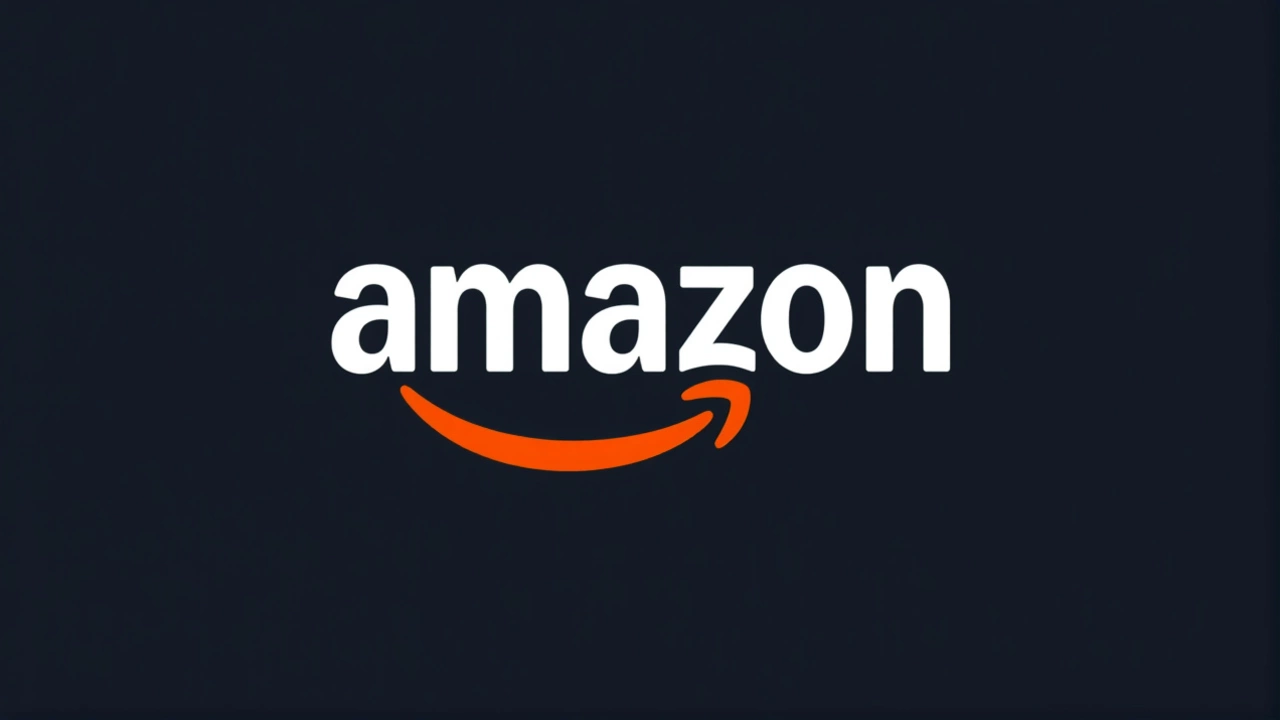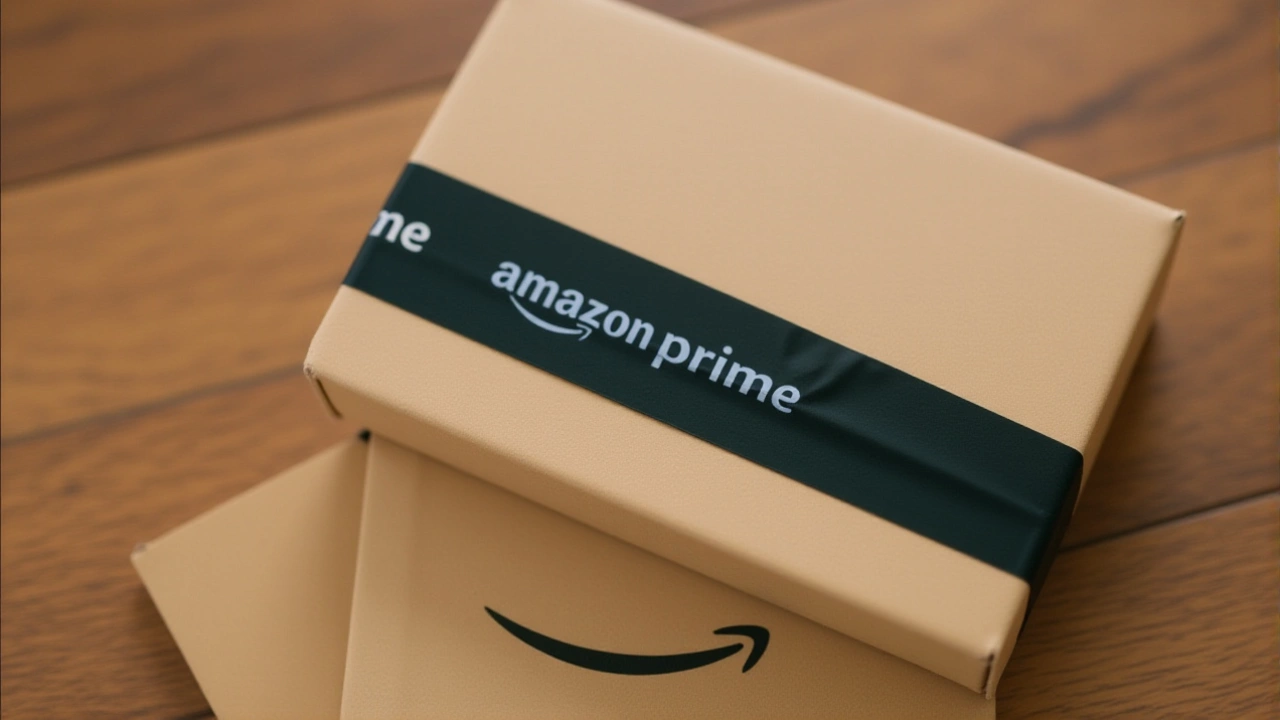Amazon to Issue Up to $51 Refunds to Millions of Prime Customers in Historic FTC Settlement

Millions of Amazon Prime customers are about to see unexpected money appear in their accounts—up to $51 each—starting November 12, 2025. The Federal Trade Commission, in what it’s calling the largest consumer refund program in its 110-year history, has reached a $2.5 billion settlement with Amazon.com, Inc. over alleged deceptive subscription practices. No lawsuit. No class action. Just a direct enforcement action by the FTC, and now, automatic refunds rolling out before Christmas. Here’s the thing: you don’t have to do a thing. If you’re eligible, the money’s coming to you. But there’s a catch—and a scammer’s playground waiting just outside your inbox.
How the Refund Process Works
Between November 12 and December 24, 2025, Amazon will automatically send email notifications to eligible Prime subscribers. These aren’t marketing blasts. These are official refund alerts tied to subscription charges the FTC determined violated consumer protection rules. The exact nature of those violations? Still undisclosed. But the outcome is crystal clear: if you paid for Amazon Prime during the covered period, you qualify for a refund capped at $51. The amount varies based on how long you were subscribed and whether you canceled, paused, or were charged unexpectedly.Once you get that email, you have exactly 15 days to accept the refund via PayPal or Venmo. That’s it. No forms. No verification codes. Just click, confirm, and the cash lands in your digital wallet. Miss that window? Don’t panic. Amazon will mail a physical check to the default shipping address on your Prime account. But here’s where people get tripped up: that check expires in 60 days. No extensions. No reminders. If you don’t cash it by the deadline, the money vanishes back into Amazon’s treasury.
What Happens If You Don’t Get an Automatic Refund?
Not everyone will be caught in the first wave. Maybe your email got buried. Maybe you changed addresses. Maybe Amazon’s system missed you. That’s why the FTC laid out a backup plan: a claims process starting in 2026. Exact dates? Unclear. But the agency confirmed it’ll open a portal for eligible customers who didn’t receive an automatic refund to file for compensation. This isn’t a lottery. It’s a right. And it’s not something you’ll need a lawyer for.But here’s the twist: Amazon isn’t just sending out checks. They’re sending out warnings—with the FTC’s help. The agency has been unusually vocal about fraud prevention. "The FTC will never ask you to pay to get a refund," their official statement reads. And they mean it. Scammers already know this story is going viral. Expect phishing emails pretending to be from Amazon or the FTC, fake websites that look like the official FTC enforcement page, even robocalls offering "priority processing" for a small fee. Pay nothing. Give no personal info. Don’t click links. If you didn’t get the email from Amazon directly, it’s fake.
Why This Settlement Matters
This isn’t just about a few bucks in your PayPal. It’s about trust. Amazon Prime has over 200 million subscribers globally. For years, customers have complained about hidden renewals, difficulty canceling, and surprise charges after free trials. The FTC has been quietly investigating these practices for more than two years. This $2.5 billion refund—fully funded by Amazon, with zero penalties diverted to administrative costs—is the agency’s strongest signal yet that subscription traps won’t be tolerated.It’s also a landmark because of its scale. The previous record? A $500 million refund in 2019 against Facebook over deceptive data practices. This dwarfs that. And unlike past settlements where companies paid fines to the government, every single dollar here goes straight to consumers. No bureaucracy. No delay. Just money back to the people who were overcharged.

What You Should Do Now
Don’t wait. Here’s your action plan:- Check your email regularly from November 12 to December 24, 2025. Look for messages from Amazon with "Refund" in the subject line.
- Verify the sender address. Official emails will come from an amazon.com domain—not "[email protected]".
- If you get the email, accept the refund within 15 days using PayPal or Venmo. Don’t delay.
- If you don’t get an email by December 31, 2025, keep an eye on the FTC’s official page. The 2026 claims portal will open, and you’ll be able to file then.
- Never, ever pay anyone to help you get this refund. Ever.
Amazon’s headquarters in Seattle, Washington, will handle all distribution. The FTC, based in Washington, D.C., is just the watchdog. They’re not running the refund. They’re making sure it’s fair. And they’re watching.
Historical Context: Subscription Scams and the FTC
The FTC’s power to enforce consumer refunds comes from the Federal Trade Commission Act of 1914, a law designed to stop "unfair or deceptive acts or practices." For decades, the agency targeted door-to-door salesmen and fake weight-loss ads. But in the last 15 years, subscription traps—especially in digital services—have exploded. From fitness apps to streaming services to, yes, Amazon Prime, companies have exploited automatic renewals and buried cancellation buttons.In 2021, the FTC sued Amazon.com, Inc. for allegedly making it "unreasonably difficult" for customers to cancel Prime. Internal documents revealed employees referred to cancellation flows as "the obstacle course." The case was never litigated. Instead, it quietly evolved into this settlement. That’s the pattern now: investigations lead to negotiated settlements, not court battles. It’s faster. It’s cheaper. And it gets money back to consumers faster.
This isn’t the first time Amazon has paid for subscription missteps. In 2020, the company agreed to refund $61 million to customers who were charged for in-app purchases by children. But this $2.5 billion refund dwarfs all prior actions combined. It’s a wake-up call to every tech giant running subscription services: transparency isn’t optional. It’s the law.
Frequently Asked Questions
Who qualifies for the Amazon Prime refund?
Eligible customers are those who held an active Amazon Prime subscription during the period covered by the FTC’s investigation—likely spanning several years up to 2025. The refund applies to U.S.-based accounts only, and the amount depends on subscription duration and whether charges were made under deceptive conditions. Exact eligibility criteria aren’t public, but if you paid for Prime at any point in the last few years, you’re likely included.
Do I need to contact the FTC or Amazon to get my refund?
No. The entire process is automated. If you’re eligible, Amazon will email you between November 12 and December 24, 2025. You don’t need to file a claim, call customer service, or visit any website beyond the official FTC page. Any third party asking you to pay for help or to verify your identity is committing fraud.
What if I don’t accept the refund within 15 days?
Amazon will automatically mail a physical check to your default shipping address on file. That check must be cashed within 60 days of receipt. If you miss that deadline, the refund is forfeited. The FTC confirms no exceptions are made—even for military deployments, illness, or address changes. Keep your Prime account info current.
Why is the maximum refund only $51?
The $51 cap likely reflects the average annual Prime membership cost during the covered period. Amazon Prime costs $14.99/month or $139/year, so $51 may represent a partial refund for partial years or prorated charges. It’s not meant to reimburse every dollar paid, but to correct unlawful charges—likely those tied to failed cancellations or trial auto-renewals that violated FTC guidelines.
Is this refund related to the Trump-Vance administration?
No. The FTC is an independent agency. The term "Trump-Vance FTC" appears only in the settlement document’s internal reference and is not an official name. The settlement was approved by the Commission as a whole, with no public record of political influence. The FTC has pursued similar cases under every administration since 1914.
Where can I find official updates about the refund?
Only the FTC’s official enforcement page: https://www.ftc.gov/enforcement/refunds/amazon-refunds. Amazon will not send updates via social media or third-party sites. Any other source claiming to provide refund status, eligibility checks, or early access is fraudulent. Bookmark the FTC page and check it monthly after December 2025 for the 2026 claims portal launch.

